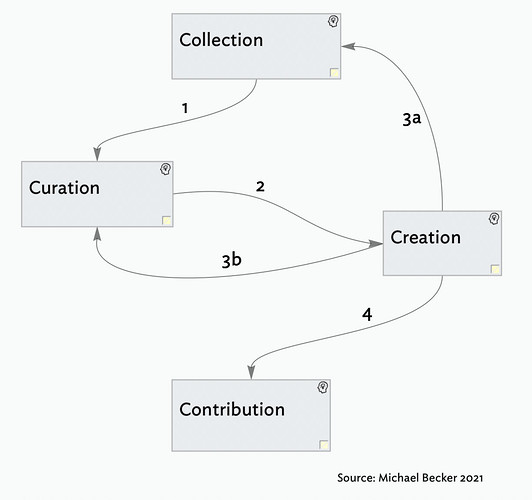I received a comment on the YouTube channel today and would love to open this discussion up to the community.
The Comment:
“An application with different workspaces (files) can work well, but it cannot be an knowledge management program. It’s nice to be programmable but unfortunately obsidian is more useful when it comes to knowledge management. Which I think you are already using. Tinderbox looks like a programmable scrievener at this stage.”
Question
What does “knowledge management” mean to you?
Question
Is it correct to assume that the only way for an application to be a “knowledge management” tool is or all files to be interlinked and connected?" At least, I think that this is what this statement is trying to convey “An application with different workspaces (files) can work well, but it cannot be a knowledge management program.”
Question
I am not an Obsidian user, how is Obsidian “better” and knowledge management in this context?
I hope people are up for a dialog on these and other questions. I’m not looking for answers of what app is better than another. I really want to understand what people think knowledge is, the process of knowledge management is, and what utilities or tools are needed to manage knowledge. We can then circle back and tease all this apart and do comparisons later.

 ):
):
